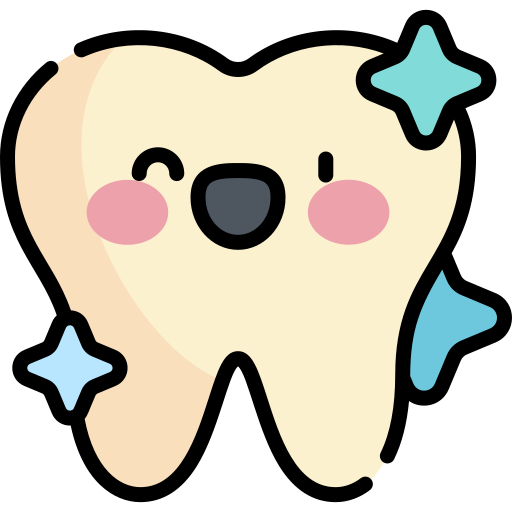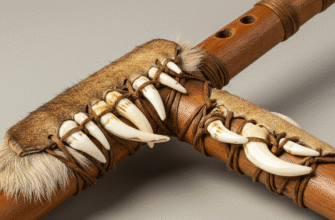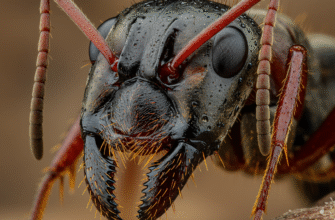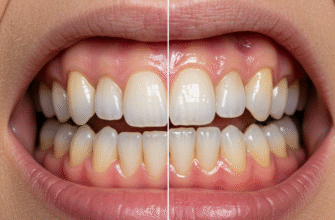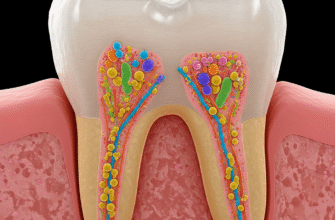When you picture a giraffe, that magnificent, long-necked marvel of the African savanna, what comes to mind? Perhaps its towering height, its unique spotted coat, or the gentle way it moves. But lurking just behind those lips is a dental arrangement quite unlike our own, and indeed, quite surprising. Here’s a tidbit that often raises eyebrows: a giraffe has no upper incisors. That’s right, no front teeth on the top jaw. Instead, it sports a tough, fleshy structure known as a dental pad.
The Curious Case of the Missing Upper Front Teeth
It seems almost counterintuitive, doesn’t it? How does such a large herbivore, one that spends a significant portion of its day munching on leaves and twigs, manage without a full set of upper front teeth? The answer lies in the specialized nature of its diet and the ingenious adaptations that evolution has bestowed upon it. The dental pad, or pulvinus dentalis, is a thick, keratinized (the same stuff our fingernails are made of) layer of connective tissue. Think of it as a resilient, leathery cushion against which the lower incisors can press and work.
This pad isn’t just a passive feature; it’s an active participant in the giraffe’s feeding mechanism. It’s tough enough to withstand the constant friction of leaves, thorny branches, and the pressure from the lower teeth, yet pliable enough to provide a good gripping surface. This design is remarkably efficient for the giraffe’s preferred method of eating, which is browsing – selectively plucking leaves and shoots from trees and shrubs.
Why a Dental Pad and Not Teeth?
The “why” behind this anatomical peculiarity is directly linked to what giraffes eat and how they eat it. Giraffes are highly selective browsers, with a particular fondness for the leaves of acacia trees. Anyone familiar with acacias knows they are often armed with formidable thorns. Having sharp upper incisors could potentially lead to injuries when yanking leaves from such well-defended plants. The dental pad offers several advantages:
- Reduced risk of injury: The softer, yielding pad is less likely to be damaged by thorns or hard twigs compared to enamel-covered teeth. It also protects the upper jaw.
- Efficient stripping: The combination of lower incisors and the upper dental pad allows the giraffe to effectively comb or strip leaves from branches. They clamp down with their lower teeth against the pad and pull their head away.
- Durability: The pad is constantly being worn down but also constantly regenerates, making it a sustainable tool for a lifetime of browsing.
This setup is not unique to giraffes; it’s a common feature among many ruminant herbivores, such as cattle, sheep, goats, and deer. These animals also employ a similar technique of using their lower incisors against an upper dental pad to tear vegetation. It’s a tried-and-tested evolutionary design for animals that consume large quantities of plant matter.
The Role of the Lower Incisors and the Mighty Tongue
While the upper front teeth are absent, giraffes are well-equipped with a full set of lower incisors and canines. These teeth are sharp and angled slightly forward, perfectly designed to press plant material against the upper dental pad. When a giraffe feeds, it will often use its incredibly long, prehensile tongue – which can be up to 18-20 inches long – to grasp a branch laden with leaves. The tongue, which is also tough and darkly pigmented (possibly to prevent sunburn!), maneuvers the foliage into the mouth. Then, the lower incisors come into play, pinching the leaves against the dental pad, and with a slight backward tug of the head, the leaves are stripped away cleanly.
It’s a coordinated effort: the tongue grasps, the neck positions, and the lower teeth, working in tandem with the dental pad, secure and detach the meal. This method is surprisingly delicate for such a large animal, allowing them to select the most nutritious leaves while avoiding most of the thorns.
Verified Fact: Giraffes lack upper incisor teeth. Instead, they possess a hardened, gum-like structure called a dental pad on their upper jaw. Their lower incisors press against this pad to grip and tear leaves from branches, a common adaptation among ruminant herbivores.
The Grinding Machinery: Cheekteeth
So, the front of the mouth is specialized for acquiring food. But what about processing it? Once the leaves are in the mouth, the real work of breaking them down begins further back. Giraffes have a formidable array of cheek teeth – premolars and molars – on both their upper and lower jaws. These teeth are broad, flat, and ridged, perfectly suited for grinding tough plant material into a pulp that can be more easily digested.
Like other ruminants, giraffes “chew their cud.” This means that after initially swallowing their food, they will later regurgitate semi-digested portions (the cud) back into the mouth for a more thorough grinding session with these powerful molars. This double-processing is essential for extracting maximum nutrients from fibrous vegetation. The dental pad plays no direct role in this grinding process, which is handled entirely by the robust cheek teeth.
The entire oral anatomy of the giraffe, from its long tongue and flexible lips to its unique dental pad and powerful molars, is a testament to the power of natural selection. Each feature is finely tuned to help it thrive on a diet that other animals might find inaccessible or difficult to process.
A Symphony of Adaptations
The absence of upper incisors in a giraffe isn’t a deficiency; it’s a sophisticated adaptation that forms part of a larger suite of characteristics enabling its unique lifestyle. Consider the challenges: reaching high into the canopy, dealing with thorny defenses, and processing vast amounts of tough foliage. The dental pad, working with the lower incisors and the remarkable tongue, is a key component in overcoming these hurdles.
Observing a giraffe feed is like watching a master at work. The delicate way it uses its lips and tongue, the precision with which it strips leaves, and the tireless cud-chewing all point to an animal perfectly sculpted by its environment. The dental pad is a quiet, unassuming hero in this daily drama of survival, a feature that allows the giraffe to access its preferred food source with remarkable efficiency and safety.
So, the next time you marvel at a giraffe’s height or its graceful gait, spare a thought for its smile – or rather, the unique structure that lies behind it. That dental pad is a fascinating example of how evolution shapes creatures in wonderfully practical and sometimes surprising ways. It’s a reminder that even the most familiar animals can hold secrets that deepen our appreciation for the diversity of life on Earth.
Understanding these details, like the giraffe’s dental pad, moves us beyond just seeing an animal to truly appreciating its intricate design and its place in the ecosystem. It’s one of the many small wonders that make the natural world so endlessly captivating.
